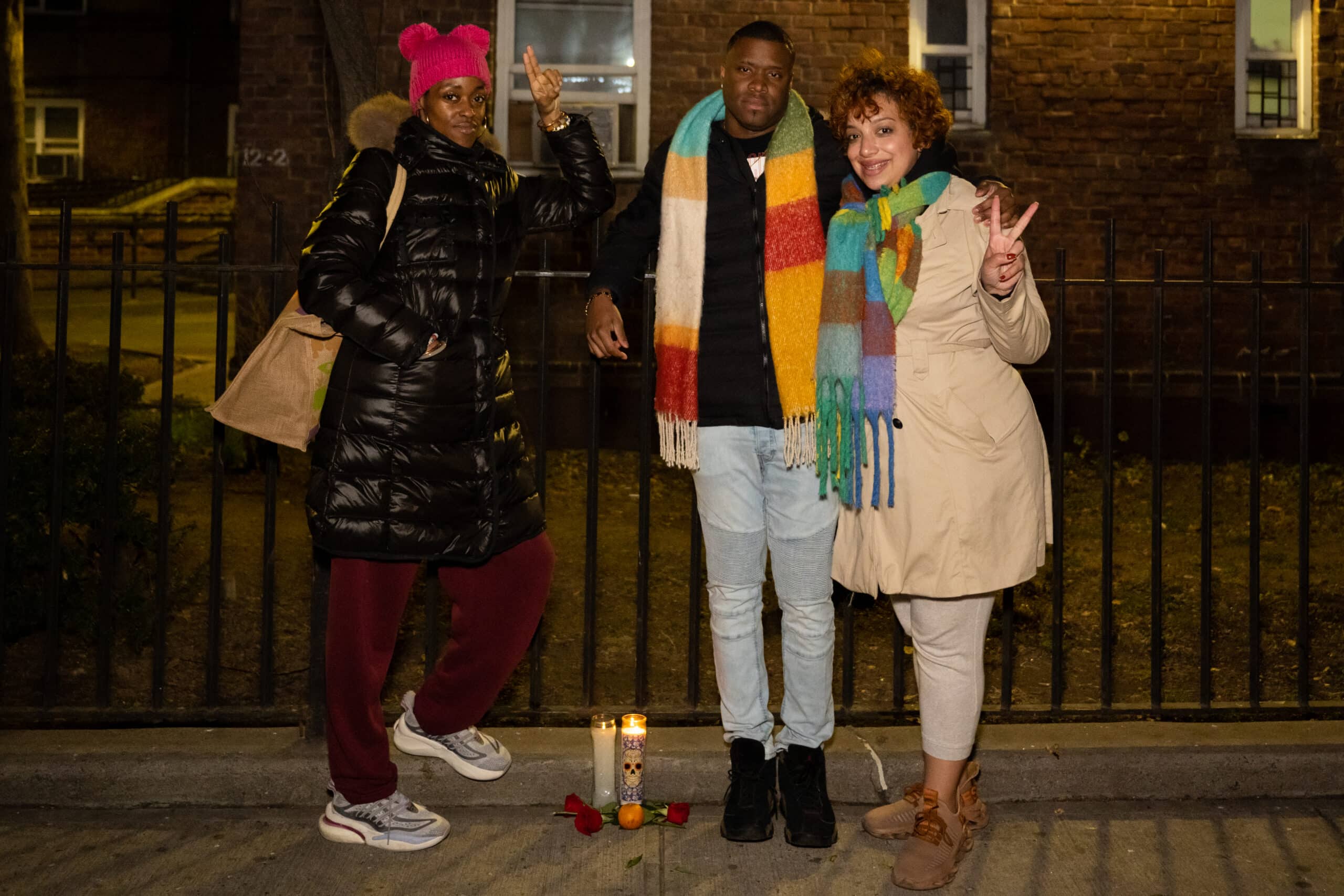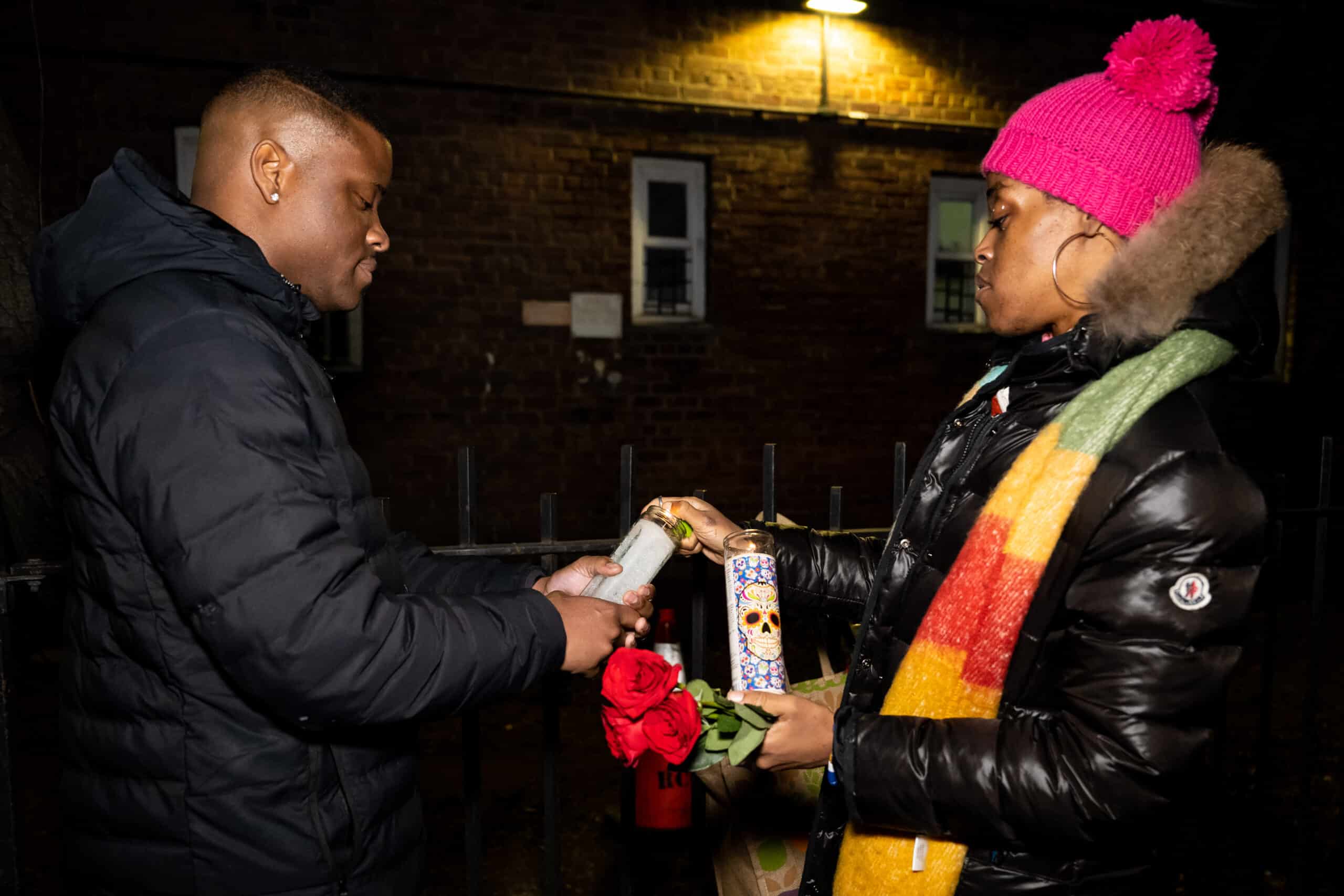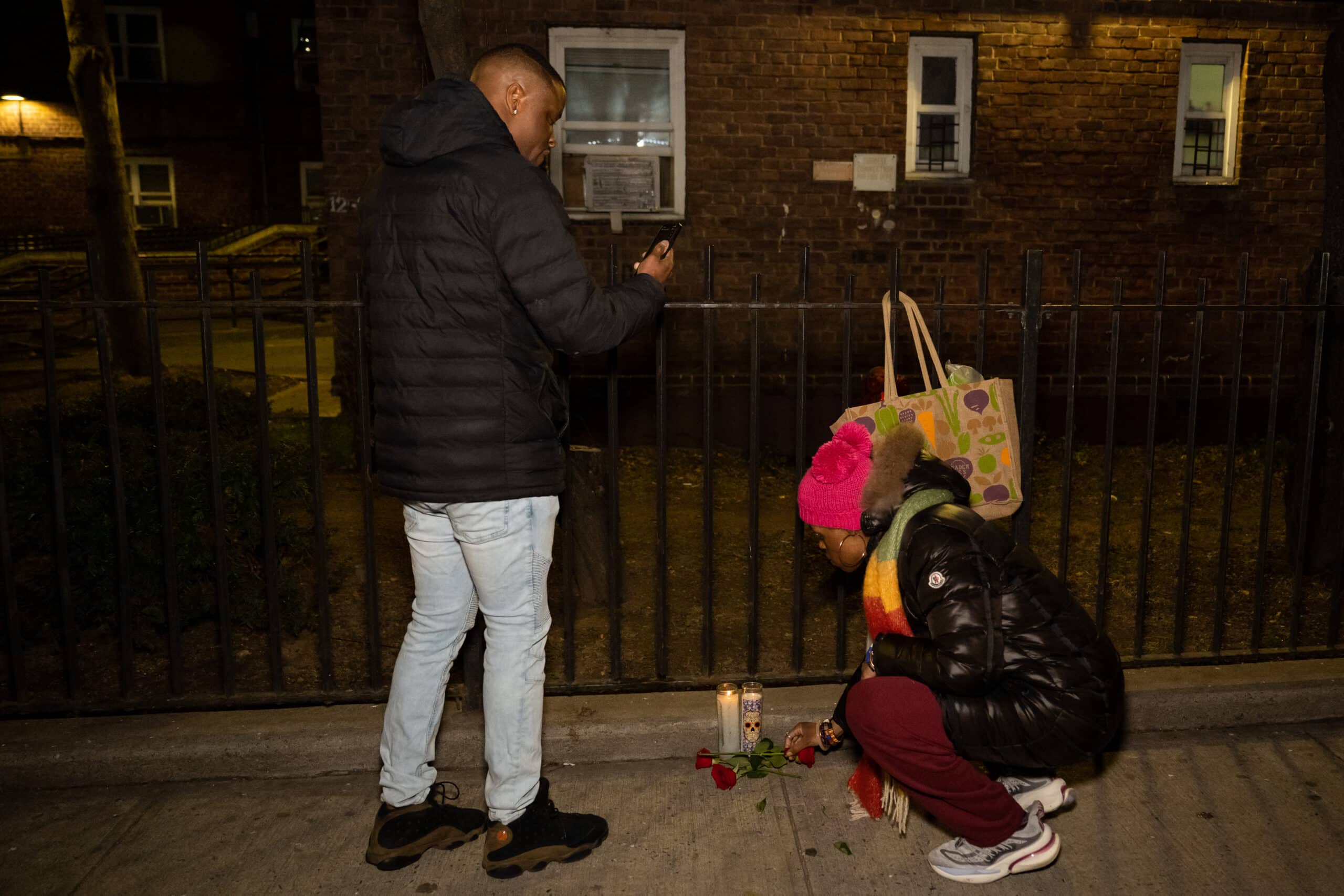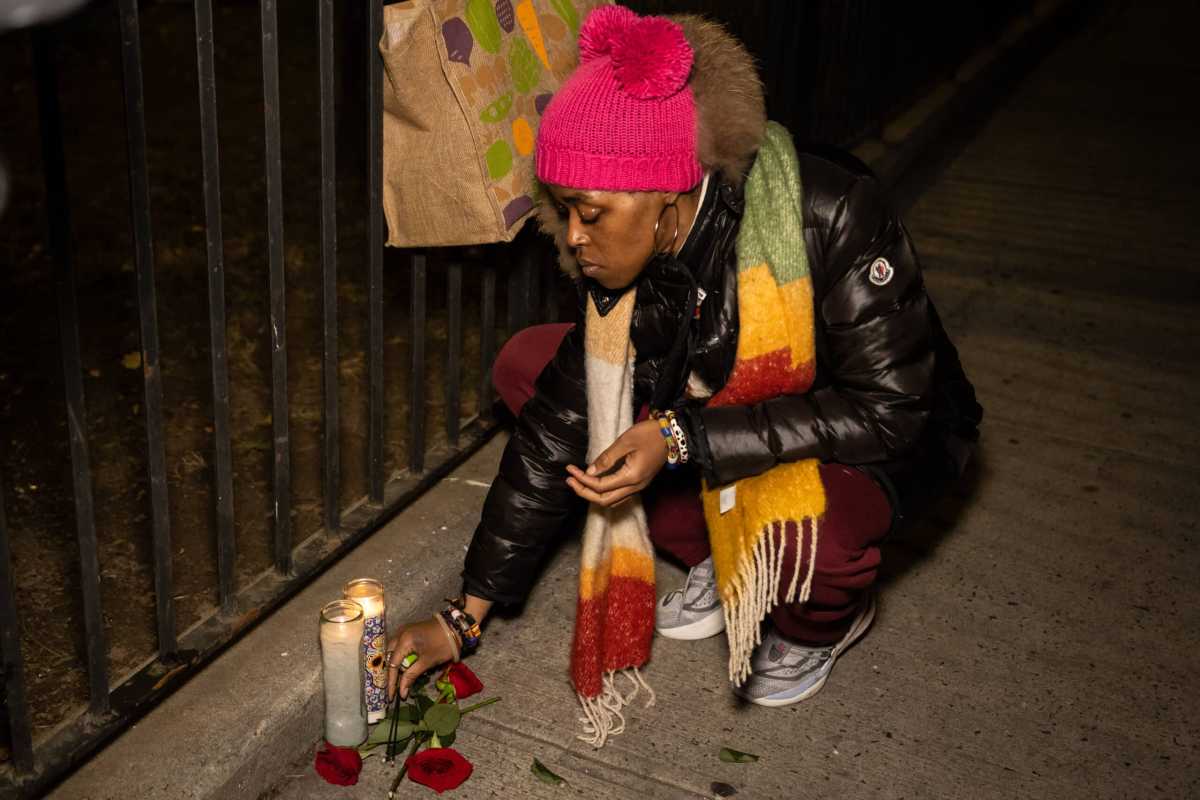Perrin Lawton is on a mission. The 34-year-old blogger from the Bronx runs the Instagram account “da_bronx_is_beautiful,” which informs people about all the borough has to offer, ranging from history, art, music and the culinary scene to Bronx staycation sites like Hunters Island. His goal is to bring “the Bronx together as a whole,” reminding folks that New York City’s most northern borough should not be defined by its struggles.
On Feb. 9, Lawton held an inaugural Underground Railroad ceremony at 143rd Street and 3rd Avenue in Mott Haven to raise awareness of the historical and cultural significance of the Underground Railroad in the Bronx and pay tribute to the African Americans and abolitionists who helped freedom seekers escape slavery.

Lawton explained that he came up with the idea because many people are unaware that the Bronx played a vital part in the “freedom train.”
In the 1840s and 1850s, the Bronx, no longer a slave-holding area, became a hub of abolitionism. The Bronx Underground Railroad started at what was then the Harlem Bridge; today, it is the Third Avenue Bridge. Freedom seekers then trekked their way up what is now 3rd Avenue to the home of lawyer and abolitionist Charles van Doren at 143 Street and 3rd Avenue. Here, they hid in a secret room in the basement before continuing their path to freedom along 3rd Avenue to 163rd Street, passing the area that later became the Bronx Zoo and up Boston Road to abolitionist Daniel Mapes’ farm in West Farms. From here, many escaped enslaved people continued their journey to New Rochelle and New England.
“A lot of people do not know about [the Underground Railroad],” Lawton said. “But then you come to find out [the Underground Railroad] was in my own backyard. That is something that adds to the beauty of this borough, like we actually have a real artery.”

Lawton sees the Underground Railroad ceremony as a way for the community, especially the younger generation, to heal from trauma, which he says is rooted in the history of slavery. He says it’s important for black and brown people to acknowledge and honor this part of their history, giving them hope, inspiration for the future, and a sense of pride in their history.
“I feel right now, this generation, they need to understand that their ancestors’ trauma is their trauma,” Lawton said. “Stop looking at trauma as something to stay stuck. I want people to keep moving forward.”
Lawson wants to honor the history of the Underground Railroad with an annual Bronx-specific celebration of the Underground Railroad in recognition of those who undertook a treacherous journey to freedom.
“I don’t want it to be on Juneteenth; I don’t want it to be during Black History Month. The Bronx needs its own thing because we are a rebellious borough,” Lawson said.

Next year, Lawson plans to include a silent procession that starts at 143rd Street and 3rd Avenue and ends at the Bronx Zoo.
“I want this to be something positive and make you feel good,” Lawson said. “That’s why I want this every year. We want it to grow as a walk. Some people may get very spiritual and emotional, but it’s going to be a good one because everybody wants their pain to be gone. I want this to be a ritual of people letting go and moving forward.”
Bronxite Chelsey Macklin has worked with Lawson on several events focusing on the Bronx’s cultural abundance, history and the creative Renaissance period the birthplace of hip-hop and rap is currently experiencing.
Macklin shared that whenever she meets with Lawson, the blogger has something valuable to share about the Bronx, describing him as “a representative of what the Bronx is.”
“Perrin and I have a thirst for knowledge, especially about affairs concerning ourselves, where we’re from, our roots, and our background,” Macklin said. “If people want to know, the information is there for them. So, in case you don’t know, you can know.”
For more coverage, follow us on Twitter, Facebook and Instagram @bronxtimes




















